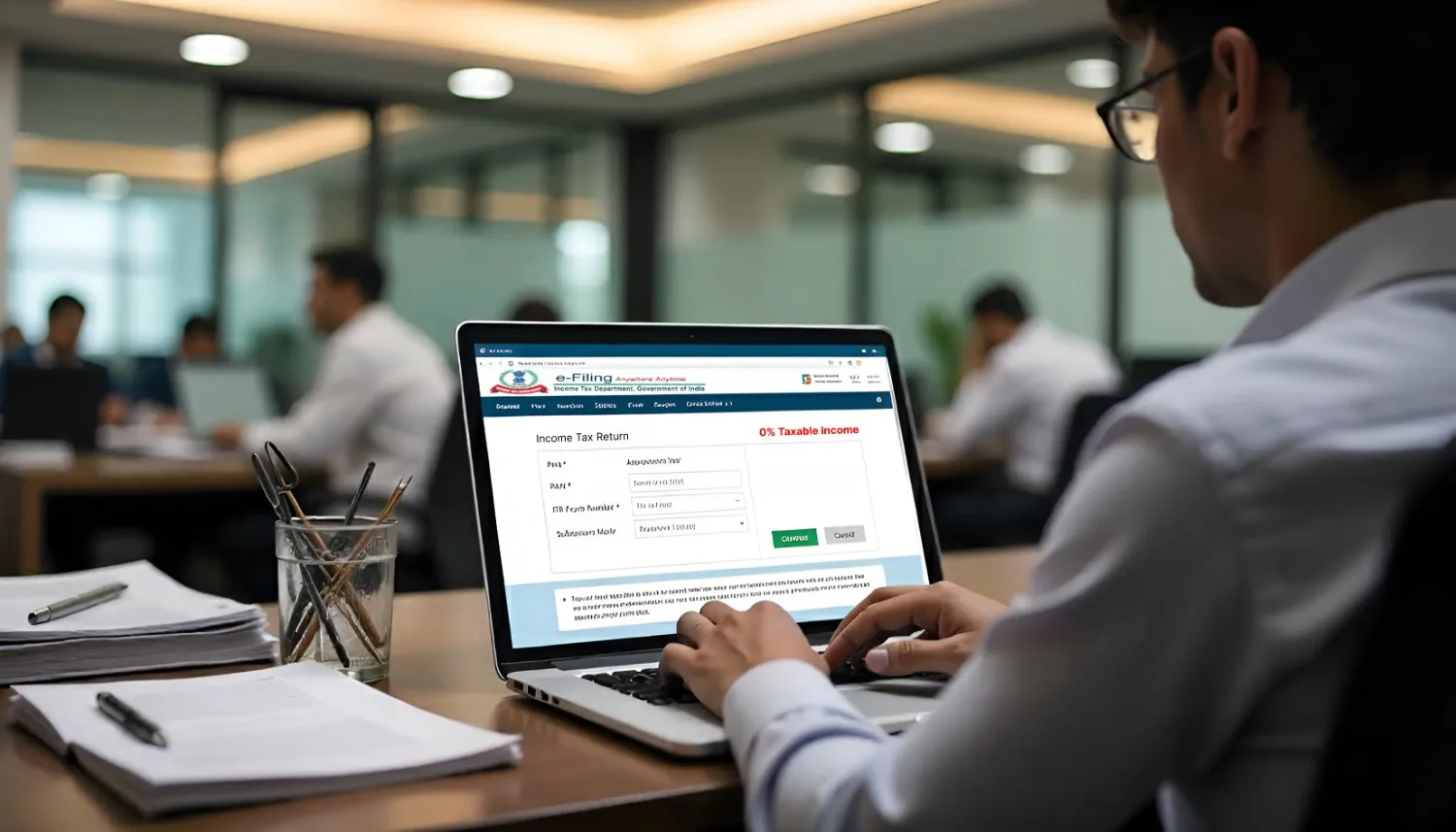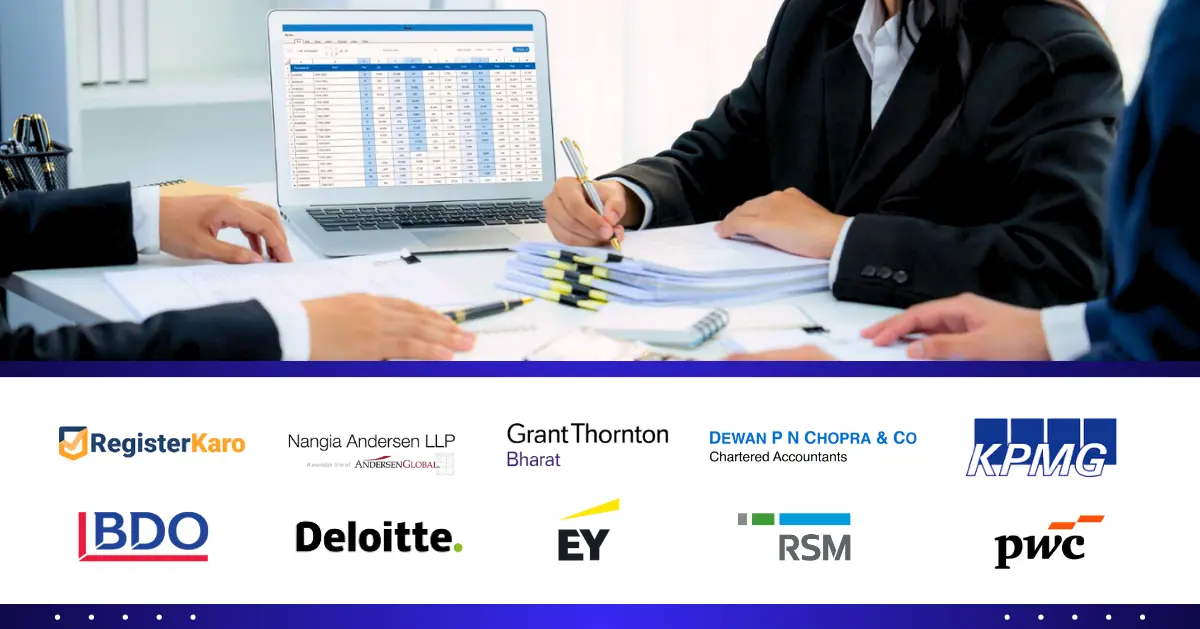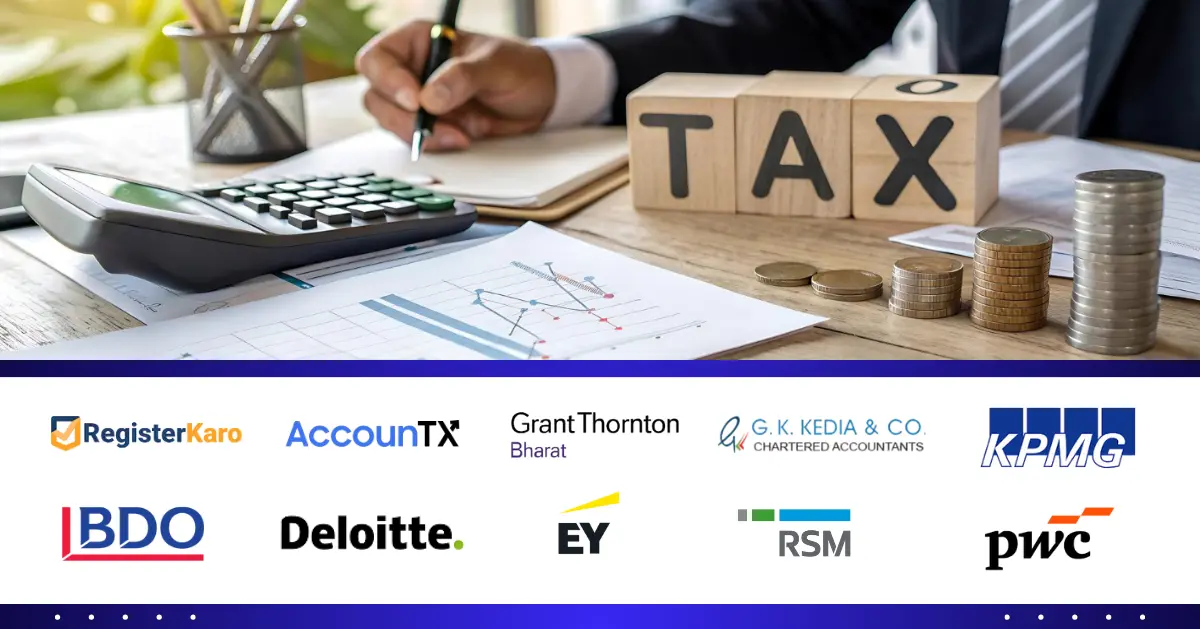
Introduction
GST (Goods and Services Tax) has significantly impacted the restaurant industry in India, transforming the way restaurants handle taxation. Whether you own a small café, a fast food joint, or a fine dining restaurant, understanding GST billing is crucial for compliance and transparency. A restaurant GST bill includes multiple tax components, and incorrect invoicing can lead to penalties, legal issues, and financial losses, potentially affecting your business reputation. Additionally, it is important for restaurant owners to stay updated with the latest tax regulations to avoid unintentional errors and ensure smooth operations.
In this guide, we will explain how GST applies to restaurants, different GST rates, the GST billing process, and compliance requirements to ensure a smooth and efficient business operation while minimizing any potential risks associated with non-compliance and ensuring customer satisfaction.
How Does GST Apply to Restaurants?
GST is a unified tax system that replaced multiple indirect taxes such as VAT, service tax, and excise duty. Restaurants must charge GST on food and beverage sales based on their turnover and services offered.
Key aspects of GST applicability:
- Small restaurants with a turnover of up to Rs. 1.5 crore can opt for the composition scheme and pay GST at a lower rate without claiming input tax credit (ITC).
- Restaurants exceeding the threshold limit must register under GST and issue tax invoices.
- Restaurants charging 18% GST can avail Input Tax Credit (ITC) on purchases like raw materials, furniture, and equipment.
Read blog: An Overview of Blocked Input Tax Credit (ITC) under GST
GST Rates for Different Types of Restaurants
GST rates vary depending on the type of restaurant and whether ITC is claimed. The applicable GST rates are:
| Type of Restaurant | GST Rate | ITC Availability |
| Standalone Restaurants | 5% | No |
| Restaurants in Hotels (Room Tariff < Rs. 7,500) | 5% | No |
| Restaurants in Hotels (Room Tariff ≥ Rs. 7,500) | 18% | Yes |
| Outdoor Catering Services | 18% | Yes |
| Takeaway or Home Delivery | 5% | No |
Understanding these rates ensures proper GST compliance in food services and avoids penalties.
Breakdown on a Restaurant GST Billing Process
A restaurant GST billing process consists of various components, making it important to understand how the final amount is calculated. Here’s an example:
Sample GST Bill for a Restaurant (Standalone, Charging 5% GST)
| Item | Price (Rs.) | Quantity | Total (Rs.) |
| Food Item 1 | 300 | 2 | 600 |
| Beverage | 150 | 1 | 150 |
| Subtotal | 750 | ||
| GST @ 5% | 37.50 | ||
| Total Bill Amount | 787.50 |
For restaurants charging 18% GST, the tax is divided into 9% CGST and 9% SGST. For example, if the subtotal is Rs. 1,000, GST would be Rs. 180 (Rs. 90 CGST + Rs. 90 SGST).
How GST Affects the Cost of Eating Out?
GST has changed how restaurant GST bills are structured, affecting both businesses and customers:
- Unlike the earlier system where VAT and service tax were charged separately, GST provides a single tax rate, simplifying taxation.
- Some restaurants still levy a service charge, but it is not a government-mandated tax, causing customer confusion.
- Dining in luxury hotels attracts 18% GST, making it costlier than standalone restaurants and affecting customer preferences.
- Restaurants under the 5% GST category cannot claim ITC, impacting profit margins, pricing strategies, and financial planning.
- GST implementation has led to standardized tax rates across the restaurant industry, reducing discrepancies in billing.
GST Compliance for Restaurant Businesses
To ensure restaurant GST bill compliance, businesses must follow these steps:
- Any restaurant with an annual turnover exceeding Rs. 20 lakh (Rs. 10 lakh for NE states) must register for GST.
- Restaurants must issue GST-compliant invoices, including details like GSTIN, tax amount, and itemized pricing.
- Registered restaurants must file regular GST returns such as GSTR-1 (outward supplies) and GSTR-3B (monthly summary).
- Maintain detailed financial records of sales, purchases, and tax payments to ensure smooth compliance and avoid penalties.
- If a restaurant purchases from an unregistered supplier, GST must be paid under Reverse Charge Mechanism (RCM).
- Restaurants should regularly monitor GST updates and changes to remain compliant with evolving tax laws.
- Staff should be trained on GST regulations to ensure proper billing and record-keeping.
Adopting digital accounting solutions can help streamline GST compliance and reduce manual errors.
Conclusion
Generating a restaurant GST bill correctly is crucial for ensuring compliance and avoiding penalties. Whether you operate a small eatery or a large chain, understanding GST rates, the billing process, and tax compliance is essential for smooth operations. Proper invoicing not only helps avoid unnecessary legal issues but also ensures transparency, accurate financial records, and efficient tax filings, which are key to maintaining a healthy and legally compliant business. Keeping track of GST payments and input tax credits can also provide financial benefits to your restaurant.
Following proper restaurant GST billing practices not only keeps you legally compliant but also enhances customer trust. If you need expert assistance with GST compliance, tax filings, or setting up an efficient billing system, Registerkaro is here to help. Contact us today to simplify your GST compliance journey and ensure seamless restaurant operations.




